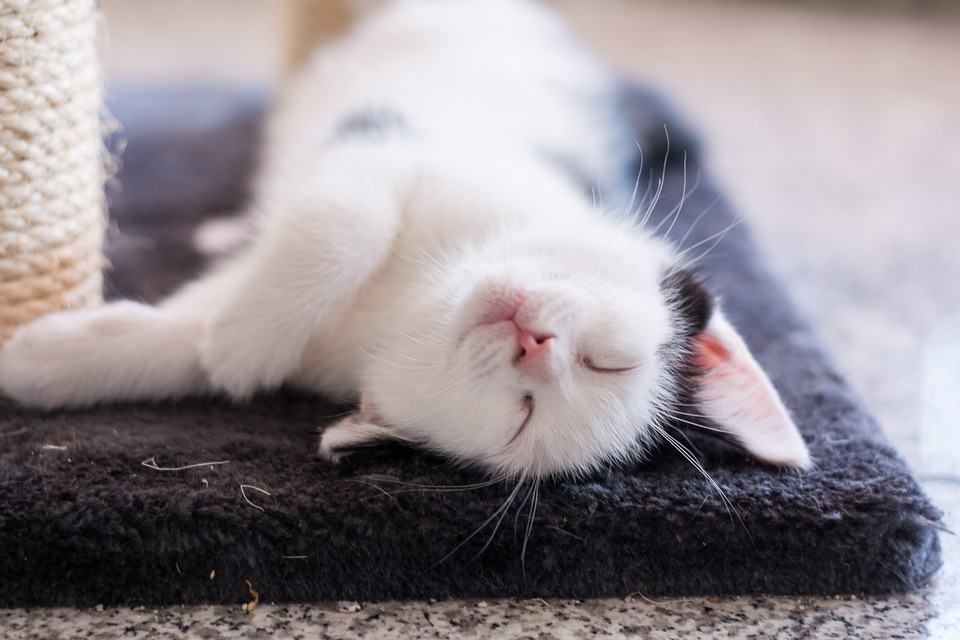Cats are known for their mysterious and independent nature, and one of the behaviors that can leave us perplexed is their tendency to hide. Whether it’s under the bed, in closets, or behind furniture, our feline companions seem to have an innate knack for finding the most unexpected hiding spots. But why do they engage in this behavior, and what can it tell us about their psychological state?
The instinctual nature of hiding behavior in cats can be traced back to their evolutionary roots. In the wild, cats are both predators and prey, and their survival instincts drive them to seek out secure hiding places. Hiding allows them to remain concealed from potential threats and observe their surroundings without being seen, giving them a sense of security.
Territorial behavior also plays a role in a cat’s inclination to hide. Cats have a concept of personal space and feel the need to establish and defend their territory. Hiding can serve as a way for them to claim a particular area as their own and prevent intrusions.
Understanding the triggers for hiding behavior can help shed light on why cats engage in this behavior. Loud noises and sudden disturbances can startle cats and cause them to seek refuge in hidden spaces. The introduction of new pets or family members can also be a source of stress and anxiety, prompting cats to hide as a means of coping.
Medical issues and pain can also lead to hiding behavior in cats. When they’re not feeling well, cats often seek solitude and hide to protect themselves. Similarly, environmental changes and unfamiliar surroundings can trigger a cat’s natural instinct to find a safe hiding spot until they feel more comfortable in their new environment.
Psychological factors can significantly influence a cat’s inclination to hide. Stress and anxiety can cause cats to retreat to hidden spaces as a way to escape perceived threats or overwhelming situations. Past traumatic experiences, such as abuse or neglect, can also contribute to a cat’s hiding behavior, as they may associate certain environments or situations with fear and seek refuge.
Observing and interpreting hiding behavior is key to understanding a cat’s psychological state. Recognizing signs of hiding behavior, such as finding them in unexpected places or noticing changes in their body language, can provide valuable insights into their emotional well-being. It’s important to distinguish between normal hiding behavior, which is typically temporary and situational, and abnormal hiding behavior, which may be persistent and indicative of underlying issues.
Context and individual differences should also be taken into account when interpreting hiding behavior. Each cat is unique, and their hiding behavior may vary based on their personality, past experiences, and current circumstances. What may be considered normal for one cat may be abnormal for another, so it’s essential to consider these factors when assessing a cat’s behavior.
Addressing hiding behavior in cats requires a tailored approach. Creating safe spaces and hiding spots throughout the home can provide cats with a sense of security and give them options for retreat. Gradual introductions and socialization techniques can help cats acclimate to new environments or individuals, reducing their need to hide. Positive reinforcement and building trust through treats, play, and affection can also help cats feel more comfortable and secure.
In some cases, seeking professional help may be necessary, especially if hiding behavior is severe, persistent, or accompanied by other concerning symptoms. A veterinarian or animal behaviorist can provide guidance and develop a comprehensive plan to address the underlying causes of hiding behavior.
In conclusion, understanding the psychology behind hiding behavior in cats can provide valuable insights into their emotional state and help us provide the care and support they need. By recognizing triggers, interpreting behavior, and implementing appropriate strategies, we can create an environment where cats feel safe and secure. Patience and empathy are key to unraveling the secrets behind our feline friends’ hiding behavior and ensuring their well-being.








